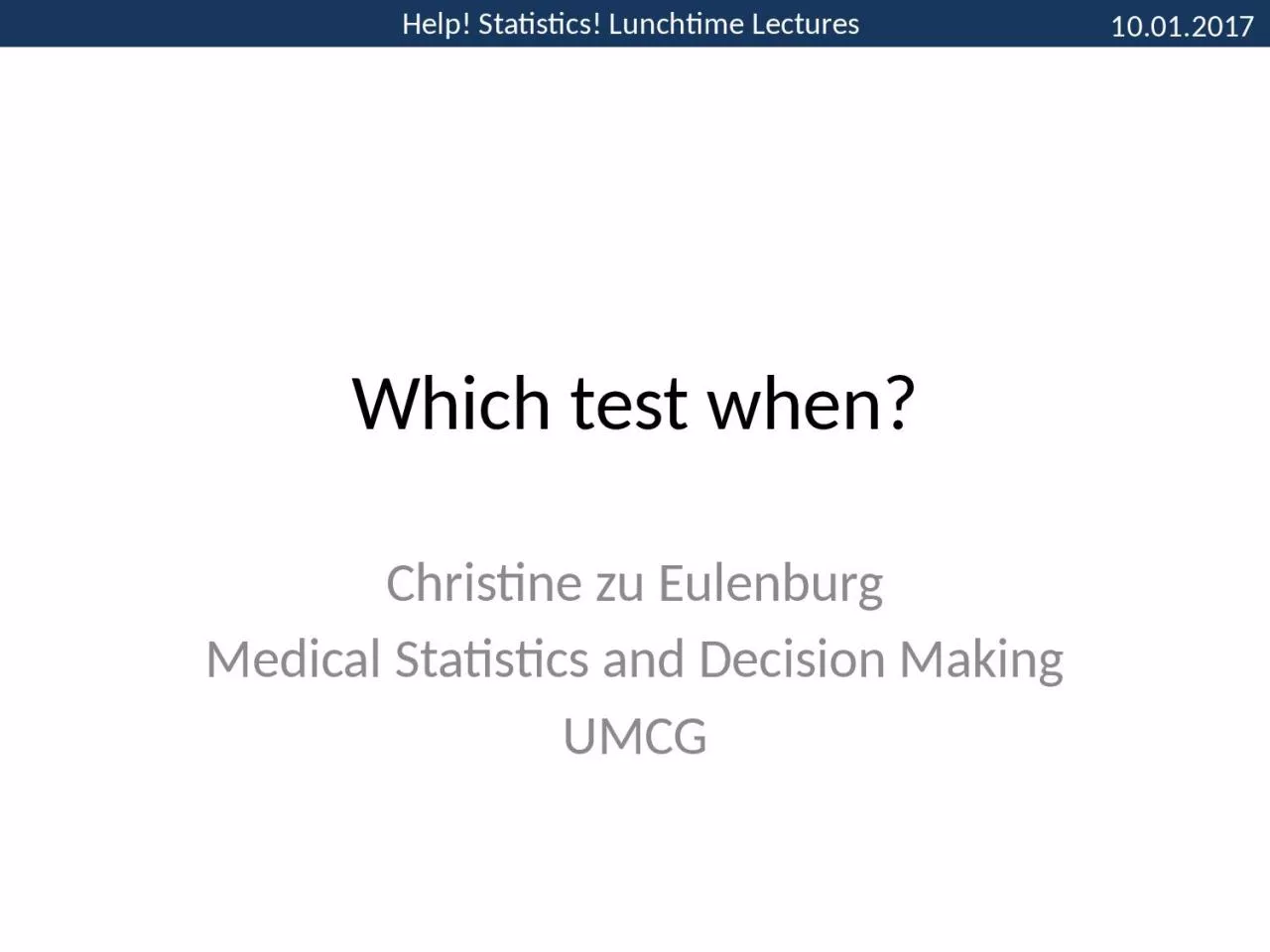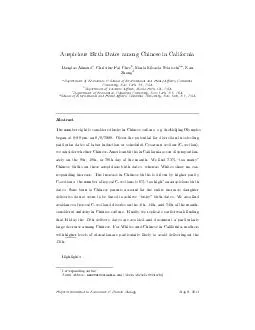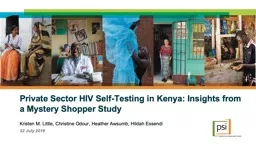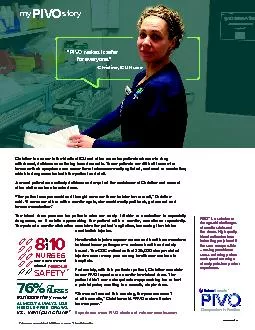PPT-Which test when ? Christine zu Eulenburg
Author : maisie | Published Date : 2024-03-13
Medical S tatistics and Decision Making UMCG Help Statistics Lunchtime Lectures When Where What Who Jan 10 2017 32120217 Which test when C zu Eulenburg Feb 14
Presentation Embed Code
Download Presentation
Download Presentation The PPT/PDF document "Which test when ? Christine zu Eulenbu..." is the property of its rightful owner. Permission is granted to download and print the materials on this website for personal, non-commercial use only, and to display it on your personal computer provided you do not modify the materials and that you retain all copyright notices contained in the materials. By downloading content from our website, you accept the terms of this agreement.
Which test when ? Christine zu Eulenburg: Transcript
Download Rules Of Document
"Which test when ? Christine zu Eulenburg"The content belongs to its owner. You may download and print it for personal use, without modification, and keep all copyright notices. By downloading, you agree to these terms.
Related Documents














